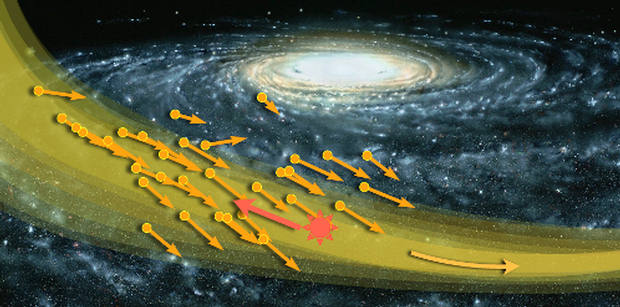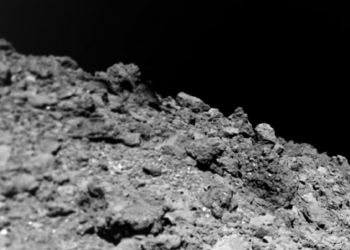Space elevators have long been a staple of science fiction, representing a bridge between Earth and the heavens. Yet, what once seemed purely fantastical is gradually being reconsidered by today’s scientists as a feasible venture, particularly on celestial bodies like Ceres. According to a detailed analysis by the University of Colorado at Colorado Springs, presented in the journal 2024 Regional Student Conferences, the notion of constructing a space elevator on Ceres isn’t just theoretically plausible—it’s technologically achievable with current advancements.
The concept of a space elevator is elegantly simple, yet profoundly transformative. As described by Universe Today, this system would consist of three primary components: an anchor, a tether, and a counterweight. Each component plays a crucial role in maintaining the structural integrity and operational functionality of the elevator. On Earth, the immense gravitational pull and atmospheric conditions present insurmountable challenges for current materials technology, particularly for the tether which must withstand extreme forces without yielding.
However, the conditions on Ceres present a unique opportunity. This dwarf planet, with its significantly lower gravity and lack of atmosphere, could support the kind of tether materials that are still under development on Earth. Carbon nanotubes, which represent the pinnacle of material science in this context, could feasibly withstand the reduced stresses involved in a Ceres-based elevator system.
The anchor would interface directly with the surface of Ceres, which is primarily composed of clay and other regolith materials amenable to current anchoring technologies developed for asteroids. These technologies can already withstand forces up to 500N, more than sufficient given Ceres’ lower gravitational influence.
In their study, the University of Colorado team explored the practical application of these technologies in a hypothetical Ceres elevator. Their findings suggest that not only can existing technology support the basic mechanics of such a system, but the specific environmental conditions of Ceres could make the space elevator more viable than anywhere else in our solar system.
The counterweight system, as detailed by Universe Today, would be a simpler affair, consisting of a significant mass that stabilizes the elevator’s tether. This mass could potentially be sourced from Ceres itself or from other nearby celestial bodies. The balance between the mass of the counterweight and the length of the cable is a delicate one, influencing both the feasibility and the cost of the elevator.
From a strategic standpoint, the benefits of a space elevator on Ceres are manifold. It could serve as a critical launch point for missions aiming to mine or explore other areas of the asteroid belt. Furthermore, Ceres hosts water ice near its surface, which could be invaluable for life support systems and as a source of hydrogen for rocket fuel, significantly reducing the logistical challenges of deep-space exploration.
Despite these advantages, the financial cost of such a project is non-trivial. Estimates suggest a total expenditure of around $5.2 billion, a figure that, while aligning with larger space exploration initiatives, requires substantial international cooperation and investment. This sum covers the construction and operational setup of the space elevator on Ceres, positioning it as a pivotal infrastructure for future off-Earth endeavors.
For the moment, the idea of a space elevator on Ceres remains within the domain of advanced research and theoretical studies. Yet, as our technological capacity expands and the international community’s interest in space exploration deepens, what was once a dream could become a cornerstone of humanity’s off-world infrastructure. As we continue to debate and develop these concepts, the potential for a space elevator on Ceres symbolizes a leap towards more sustainable and ambitious space exploration strategies. Could this be the project that changes the way we access space? The possibilities are as limitless as they are exciting.











